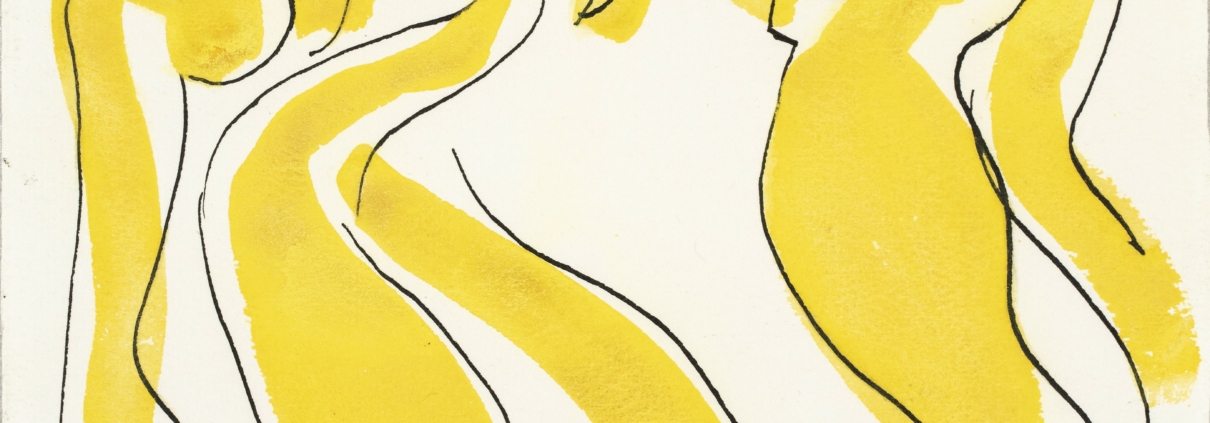Matisse
Drawings
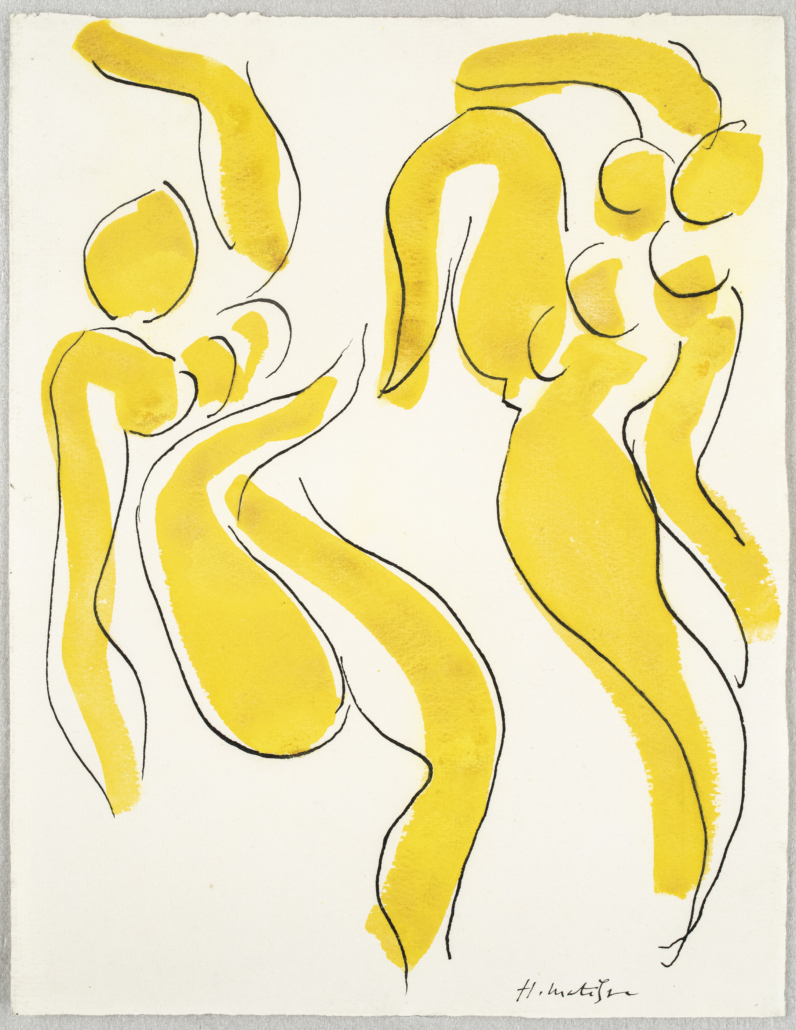
Dina Vierny’s connection with Matisse dates back to the 1940s, when Maillol recommended his model to the master with the words: “Matisse, I am sending you the object of my work, you will reduce it to a line.” The latter then embarked on an ambitious project: revisiting Manet’s Olympia. But Maillol quickly called her back, and the project remained in draft form.
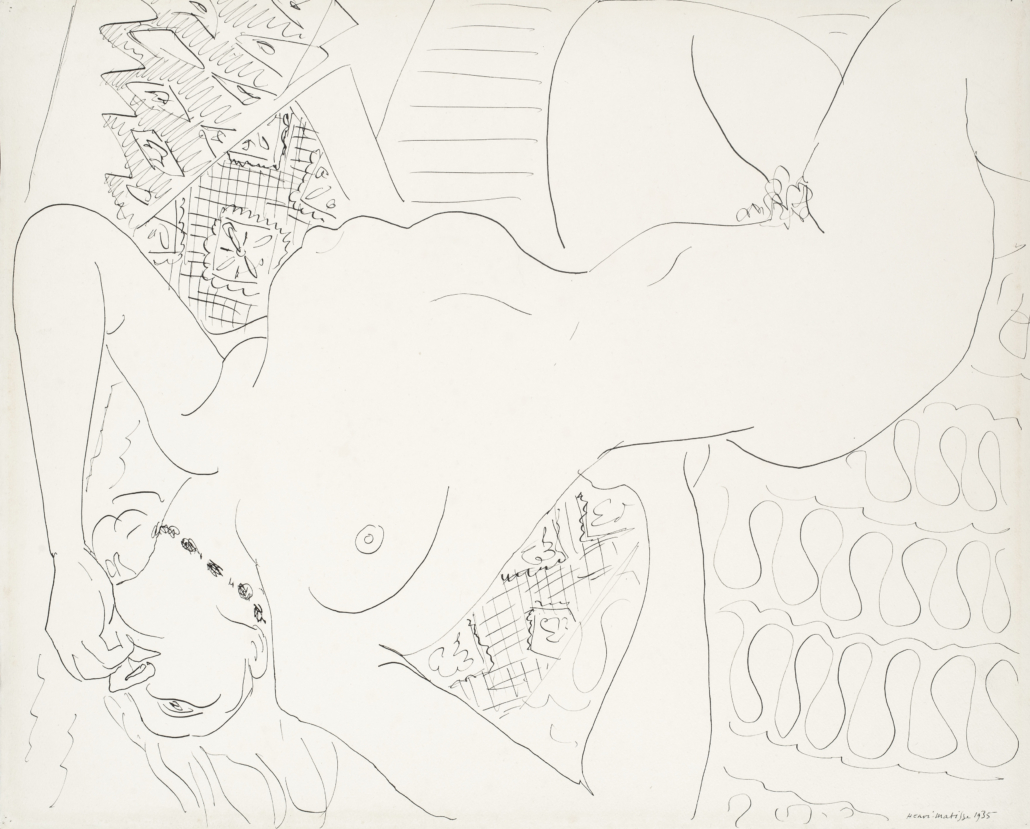
This time spent together gave rise to a friendship that lasted until Matisse’s death in 1954: “I was twenty-two years old, I posed with pleasure, Matisse’s words enchanted me. As with Maillol, not a dull moment with him.” Matisse played a fundamental role in the genesis of the Dina Vierny gallery because it was also he who advised the young dealer and accompanied her in the creation of her exhibition space. He convinced Auguste Perret, busy at the time rebuilding Le Havre, to design the small gallery at 36 rue Jacob, which has not undergone any changes since its opening in 1947.
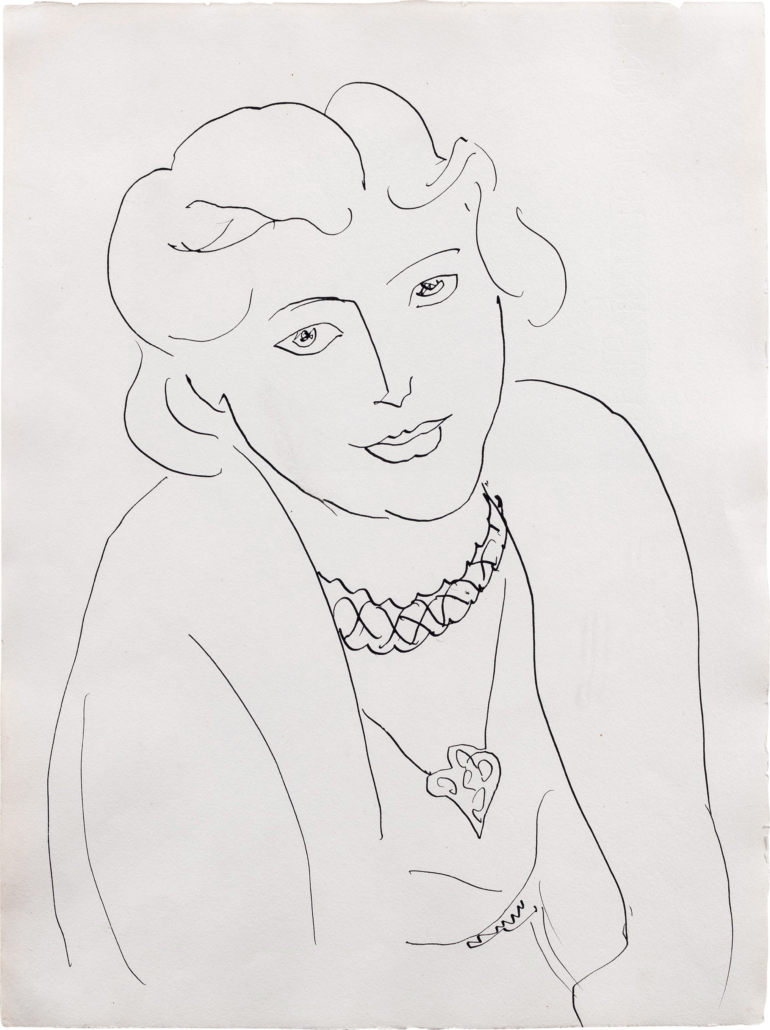
Henri Matisse’s drawings were presented four times at the Galerie Dina Vierny: in 1966, 1970, 1980 and 1982. This exhibition is therefore the fifth devoted to Matisse’s drawings at Dina. Some of them have also had their place on the gallery walls during previous events.
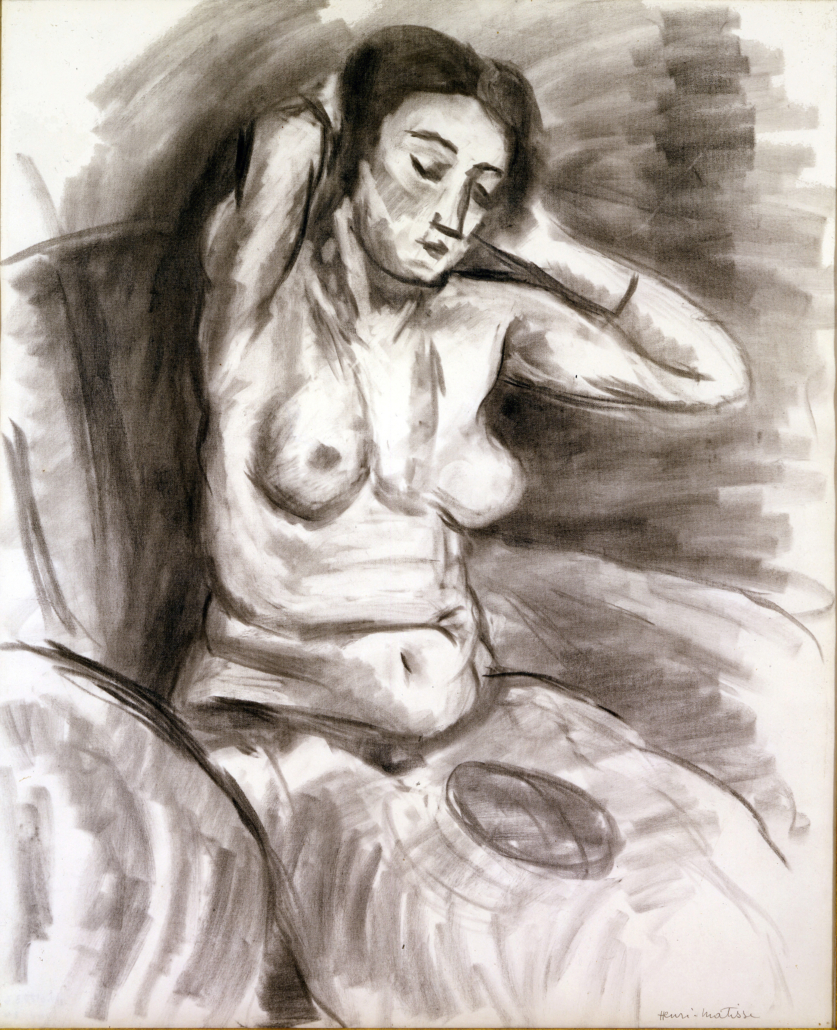
For Matisse, drawing is not only a preparatory tool, but an art in its own right, where each line translates all the sensitivity and depth of his artistic approach. It is a way to explore the essence of forms and the human figure, to get to the essential without being distracted by the superfluous. His mastery of line is recognized for its fluidity and elegance. Each line, refined but precise, captures the essence of the subject. Matisse opened the way to a new approach to drawing, in which figure and background coexist harmoniously and complement each other. In 1989, in the catalog of an exhibition organized by Dina Vierny, Pierre Schneider wrote on this subject : “The line traced by Matisse animates the figures, but also the background. In truth, we should no longer speak here of figure and ground, since the line that qualifies one also qualifies the other, since the pen, the pencil, by naming the latter, do not relegate the former to anonymity. The furrow of ink divides without separating. The whiteness that it encloses and that which encloses it weigh the same. It is rare that Matisse does not leave in these lines, at their crossroads or at their points of convergence, gaps, barely perceptible openings, through which they communicate, exchange their substance, and this substance is common to them. Matisse puts an end to the war between black and white, the limited and the unlimited, the full and the empty.

